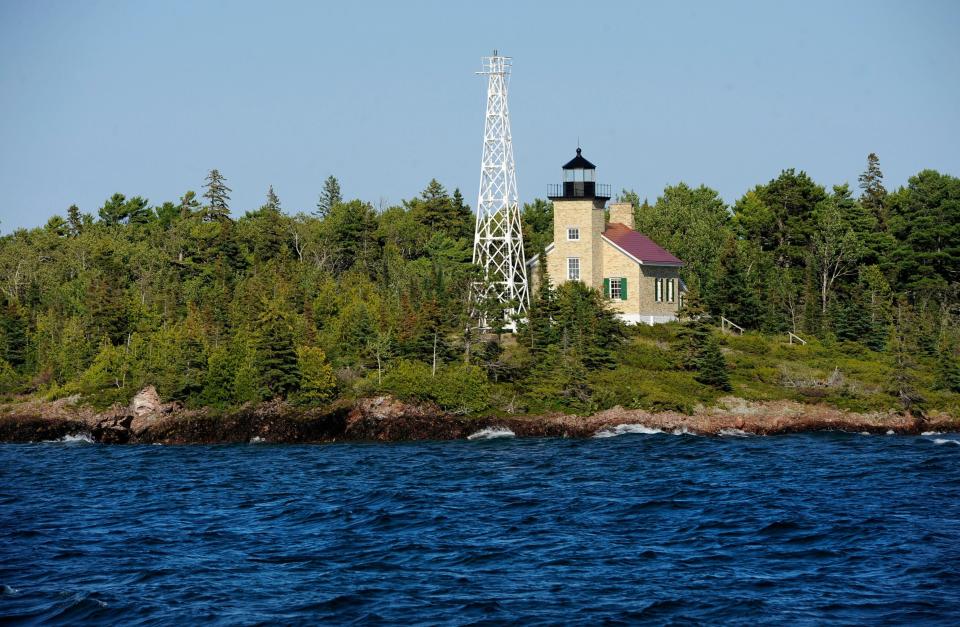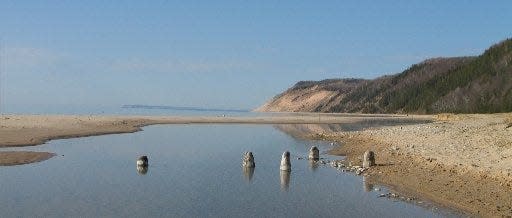How deep are the Great Lakes? See where Lake Ontario ranks
The Great Lakes vary significantly in depth.
But exactly how deep are they, and where does Lake Ontario fit in?
Here's how deep each of our Great Lakes go:
Lake Superior
Average depth: 483 feet
Maximum depth: 1,332 feet

Lake Superior boasts all the superlatives: Of the five Great Lakes, it is the largest, deepest and the coldest. Its depth is a little less than the height of Chicago's Willis Tower, by about a hundred feet or so. It also holds by far the most water of the five lakes, with 2,903 cubic miles of water.
Lake Michigan
Average depth: 279 feet
Maximum depth: 925 feet

Lake Michigan is the second largest of the Great Lakes by volume. The Environmental Protection Agency estimates its maximum depth at about 925 feet — you can think of that as one Renaissance Center in height, if Detroit’s tallest skyscraper were about 20 floors taller (it has 73). Lake Michigan also holds 1,180 cubic miles of water, second of the five Great Lakes.
Lake Ontario
Average depth: 283 feet
Maximum depth: 802 feet
The easternmost Great Lake, Lake Ontario is the second smallest of the five by volume (about 390 cubic miles of water) — but as the downstream lake, it’s most affected by human activities taking place in Lakes Ontario, Huron, Erie and Michigan, per the EPA. The maximum depth of Lake Ontario is just north of 800 feet — a little farther down than two regulation football fields laid end to end.
Lake Huron
Average depth: 195 feet
Maximum depth: 750 feet

Lake Huron is the second-largest Great Lake by area and the third-largest by volume, and boasts the longest shoreline of the list. As for its depth, Lake Huron is 750 feet deep — say, about 750 Subway sandwiches below sea level. It holds 850 cubic miles of water.
Lake Erie
Average depth: 62 feet
Maximum depth: 210 feet

Lake Erie comes in at the shallowest of the Great Lakes and the smallest by volume (115.2 cubic miles of water) — but it does hold a third of the total Great Lakes population.
This article originally appeared on Rochester Democrat and Chronicle: How deep are the Great Lakes? See where Lake Ontario ranks

